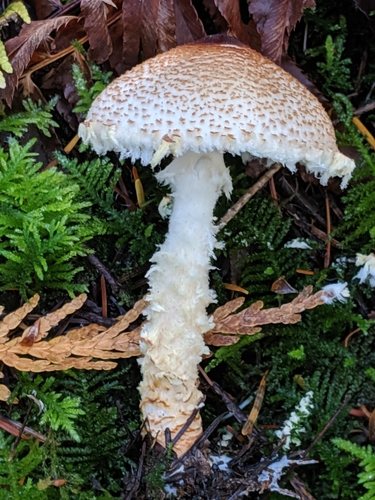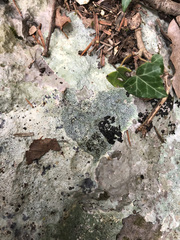Lepiota

Lepiota is a genus of fungi that belongs to the family Agaricaceae. This genus contains numerous species that can be found in various habitats across the world, including the Comunidad Valenciana. Lepiota species are commonly known for their small to medium-sized mushroom fruiting bodies, which are often characterized by their scaly caps.
Key Characteristics of Lepiota:
- Cap: The caps of Lepiota mushrooms can vary in colors, often featuring white, brown, or even reddish hues. They are typically scaly and may feature a central umbo, or a small bump.
- Gills: Lepiota species have free gills, meaning they do not attach directly to the stem. The gills are often white or cream-colored.
- Stem: The stem is usually thin and is characterized by a small to indistinct ring close to the cap.
- Spore print: The spores of Lepiota are white to cream in color.
- Ecology: These fungi are typically saprotrophic, meaning they feed on decaying organic matter, playing a crucial role in nutrient cycling in their ecosystems.
While some Lepiota species are edible, several others contain dangerous toxins. It is important for foragers to note that Lepiota brunneoincarnata, commonly found in southern Europe, is highly toxic and potentially lethal. Therefore, proper identification and caution are advised when encountering mushrooms in this genus.
In the Comunidad Valenciana, Lepiota can often be found in wooded areas, grasslands, and gardens. Their presence contributes to the ecological diversity and richness of the region's natural habitats.






